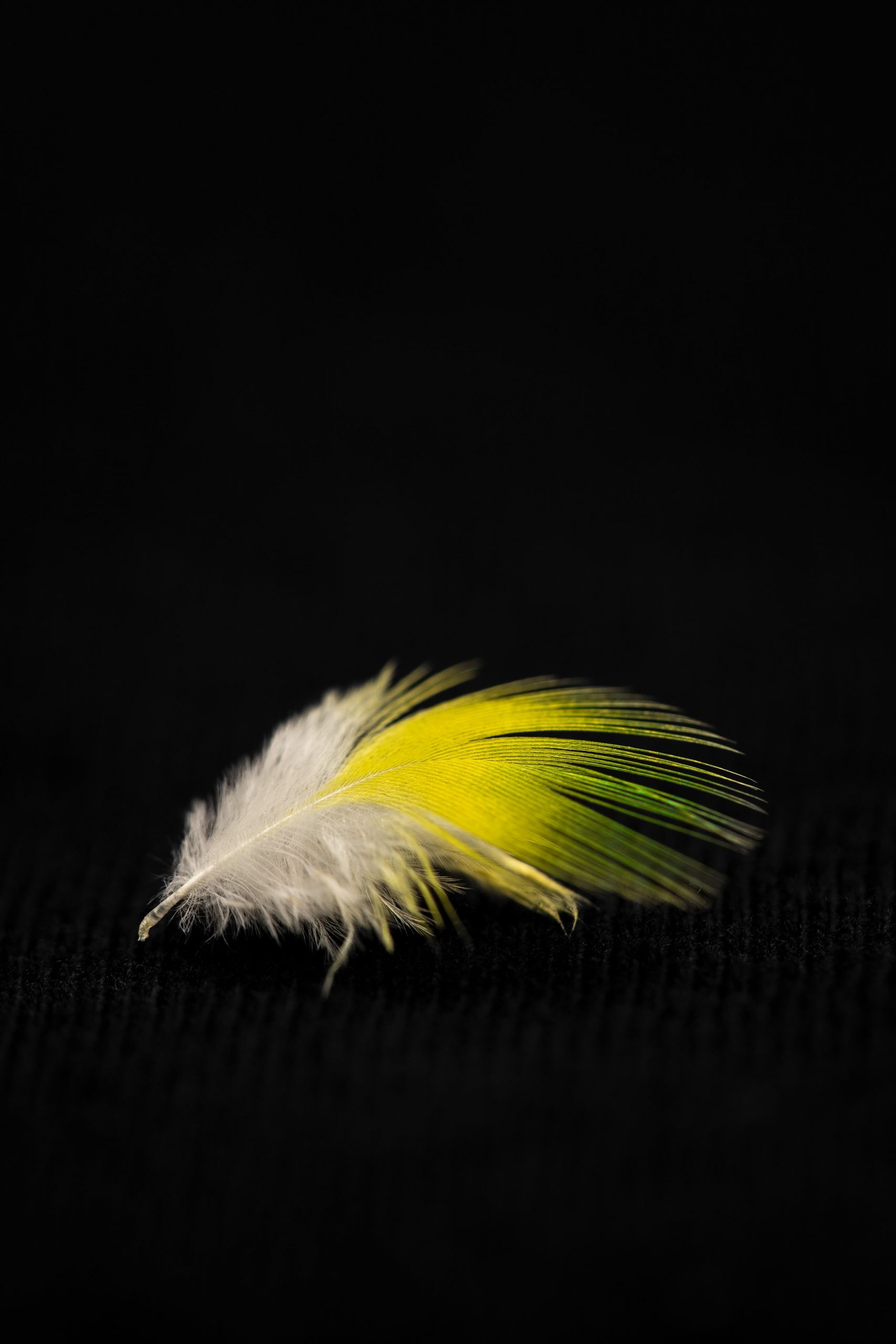
A través de la captura de 57 reliquias personales de mi madre y las historias relatadas detrás de ellas, esta serie busca ilustrar cómo estos objetos pueden ser portadores de recuerdos y emociones, y convertirse en puentes con el pasado.
Este proyecto habla de cómo los objetos han preservado la memoria de aquellos momentos significativos en la vida de mi madre, y de qué forma actúan como huellas físicas y anclas vitales hacia las personas, los lugares y las experiencias que han dejado una marca indeleble en su vida. Desde gasas hospitalarias que rozaron labios, hasta restos biológicos como cordones umbilicales o plumas vinculadas con abortos, pasando por objetos cotidianos como pañuelos con olores únicos, peines o flores, cada uno de ellos representa un capítulo en la historia de mi madre.
«Vestigia” invita a dialogar sobre cómo los objetos pueden definir nuestra identidad. Al mismo tiempo, se tratan los temas universales de la memoria, la pérdida, la vida, la muerte, la conexión humana, el tiempo y la inmortalidad.
Y es al llegar a la idea subyacente de la inmortalidad, cuando “Vestigia” se descubre como un proyecto recursivo, una suerte de matrioshka, donde se juega con la polisemia de la palabra “inmortalizar”. Mi madre, sin una cámara, ha “fotografiado” durante décadas su vida, manteniendo inmortales a sus seres queridos y acontecimientos a través de sus vestigios. Yo, esta vez sí con cámara y una lente, he inmortalizado su forma única de ver el mundo, fotografiándolo.
Con estas imágenes y los relatos que las acompañan, “Vestigia” espera despertar la nostalgia y la curiosidad en el espectador, y fomentar una apreciación por los objetos que nos rodean como portadores de nuestra historia.
Through the capture of 57 personal relics of my mother and the stories told behind them, this series seeks to illustrate how these objects can carry memories and emotions, and become bridges to the past.
This project speaks to how objects have preserved the memory of significant moments in my mother’s life, and how they act as physical traces and vital anchors to the people, places, and experiences that have left an indelible mark on her life. From hospital gauze that touched lips, to biological remnants like umbilical cords or feathers linked to abortions, to everyday objects like tissues with unique scents, combs, or flowers, each of them represents a chapter in my mother’s story.
«Vestigia» invites dialogue about how objects can define our identity. At the same time, it addresses universal themes of memory, loss, life, death, human connection, time, and immortality.
And it is when arriving at the underlying idea of immortality that «Vestigia» is revealed as a recursive project, a sort of matryoshka, where the polysemy of the word «immortalize» is played with. My mother, without a camera, has «photographed» her life for decades, keeping her loved ones and events immortal through their traces. I, this time with a camera and a lens, have immortalized her unique way of seeing the world by photographing it.
With these images and the accompanying narratives, «Vestigia» hopes to evoke nostalgia and curiosity in the viewer, and foster an appreciation for the objects around us as carriers of our history.